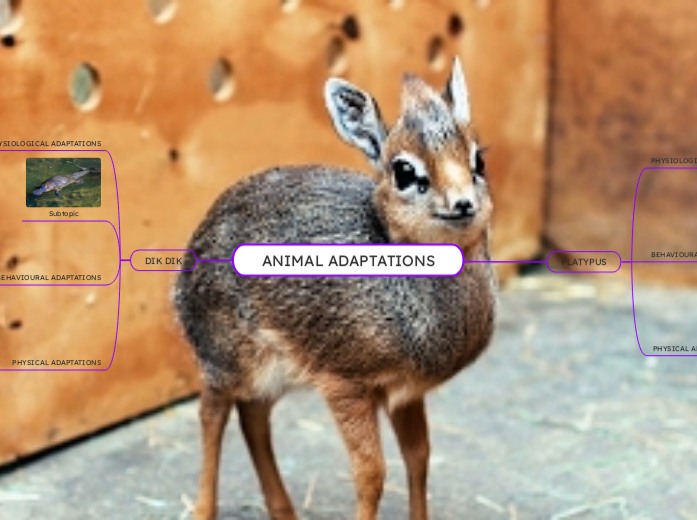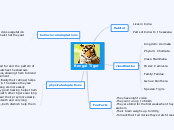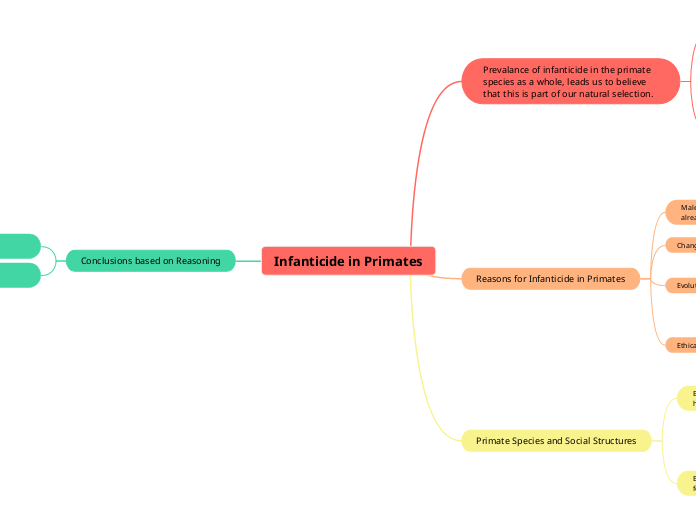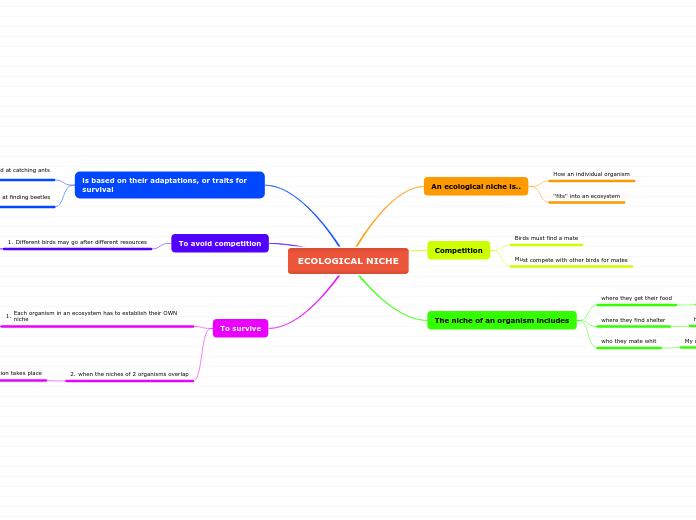da Dhingra Milan mancano 5 mesi
57
ANIMAL ADAPTATIONS
Dik, Burrows, Hemoglobin, Climate The platypus, a primarily aquatic mammal, exhibits various adaptations that help it thrive in its environment. Behaviorally, it builds burrows in soft riverbanks, which serve as homes and nesting sites for females.









